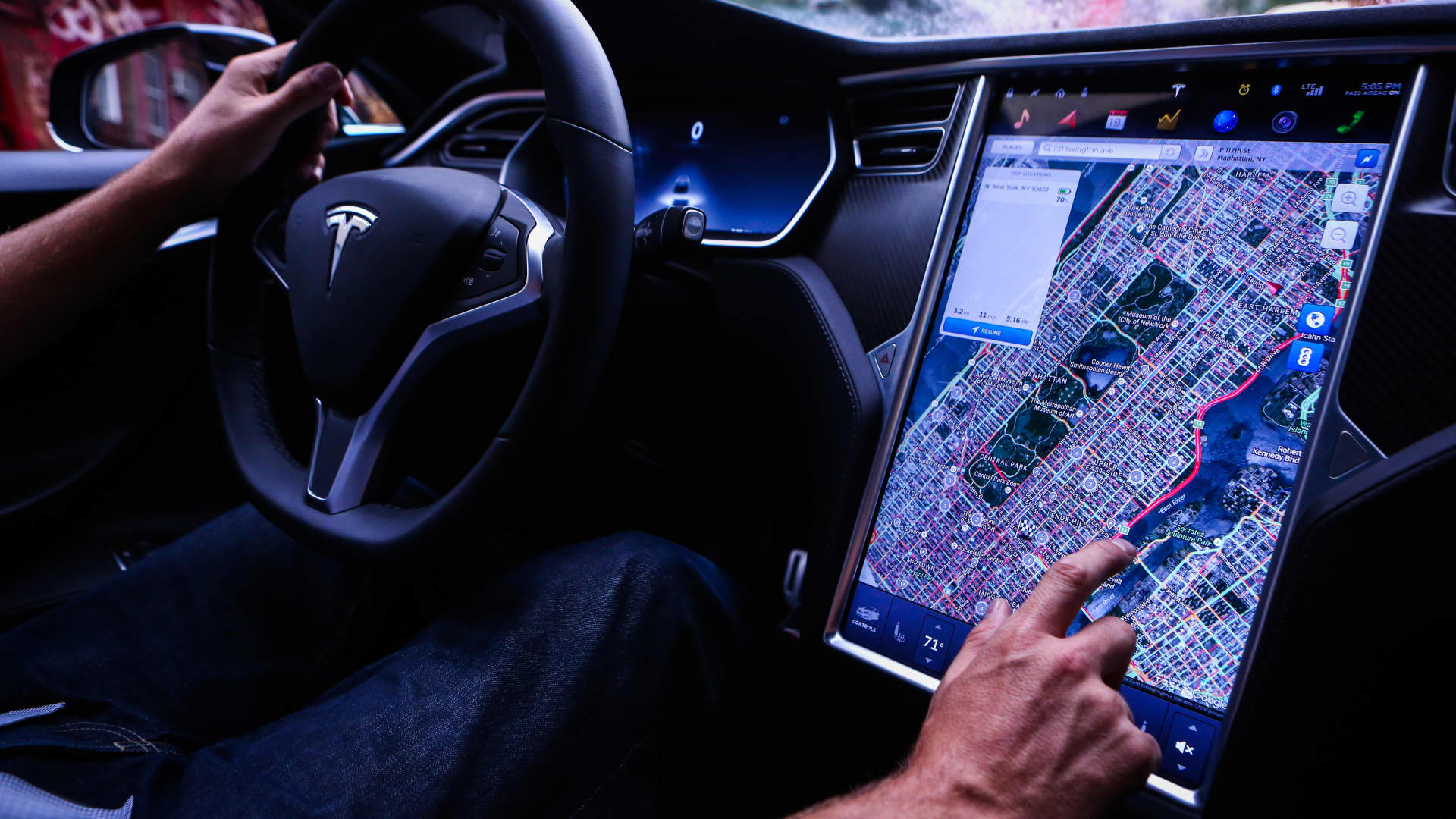The National Transportation Safety Board has concluded an investigation into a fatal Tesla crash that occurred in Spring, Texas in 2021. The federal vehicle safety watchdog found no evidence the company’s driver assistance system, which is marketed as Tesla Autopilot, was in use at the time of the crash.
The crash initially drew widespread attention after a local constable said nobody was behind the wheel at the time of the crash.
In its completed accident report, the NTSB says that excessive speed and driver impairment were the biggest causes of the crash and that all available evidence suggests the driver was behind the wheel at the time of the collision, then moved from the front seat to the rear of the car as it burned.
The driver of the 2019 Tesla Model S P100D vehicle had taken over-the-counter antihistamines and had been drinking earlier that night at a restaurant before crashing his car into a tree at 57 miles per hour, according to a toxicology report included in the NTSB’s probe.
After impact, which damaged modules in the vehicle’s high voltage battery back, the Tesla went up in flames. Both driver and passenger died in the vehicle as a result of blunt force trauma and burns, the federal report says.
The NTSB noted that the impact with the tree caused a power outage in Tesla’s 12-volt battery-powered systems, affecting the vehicle’s electronically operated door latches. Without power, occupants would have to “locate a small cutout in the carpet beneath the seat cushions and pull the mechanical release cable tab toward the center of the vehicle to manually open the rear door,” the report says.
Due to fire damage, the car doors and handles could not be evaluated by NTSB’s teams, so they could not determine whether the doors were manually operational after the crash, the board noted in their report.
While the NTSB makes safety recommendations to federal agencies and the auto industry, the National Highway Traffic Safety Administration is responsible for setting new vehicle safety standards, whether around battery electric vehicle tech or driver assistance systems.
The NTSB relied on data from Tesla, a sample vehicle and versions of software provided by Tesla, to conduct part of its investigation.
NHTSA, which is also investigating the 2021 crash, did not immediately reply to a request for an update on its probe.
In its report on the Spring, Texas crash, NTSB recommended that EV makers including Tesla create standardized guides that are easier for firefighters and other first responders to use during an emergency response.
The fire brigades who responded to this crash used 20,000 gallons of water to extinguish the EV fire. While they responded promptly, they did not initially see a recommendation in Tesla’s guide to lift the car to access and douse the battery from underneath the vehicle for more efficient extinguishment.
The NTSB also wrote, that it has “long been concerned about alcohol-impaired driving, which accounted for nearly 30% of highway fatalities in the United States in 2020.”
It has recommended that NHTSA require “all new vehicles to be equipped with passive vehicle-integrated alcohol impairment detection systems, advanced driver monitoring systems, or a combination thereof, which are capable of preventing or limiting vehicle operation if driver impairment by alcohol is detected.”
If the Tesla had been equipped with systems like this, the NTSB said, the trip and fatal crash may have been prevented.
Tesla did not immediately respond to a request for comment including whether it may add alcohol impairment detection systems to its vehicles.
